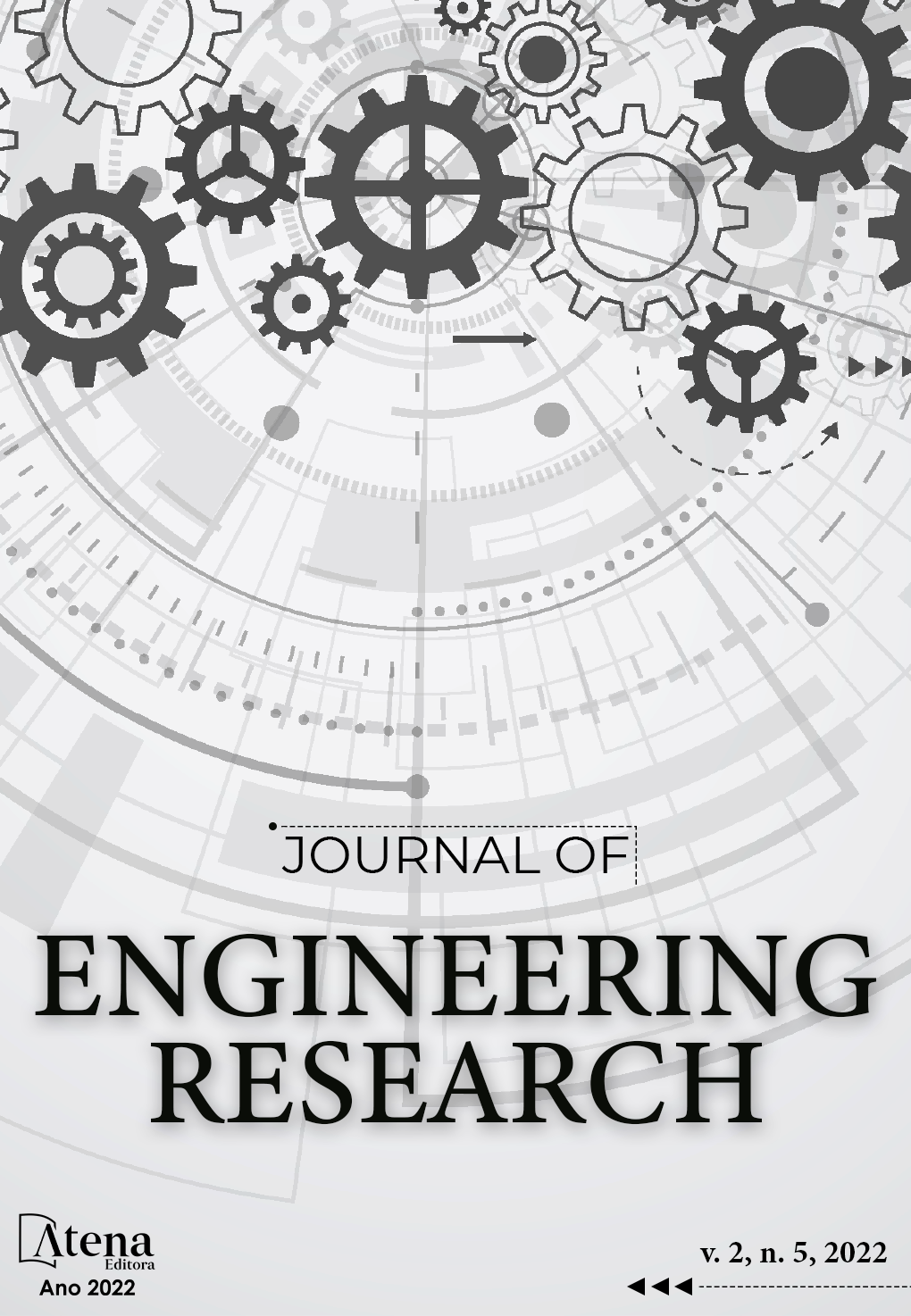
NEW CONTRIBUTIONS REGARDING THE MECHANISM OF ADHESION AND STRENGTH IN TRADITIONAL CERAMICS
The research project will allow to understand the operation of physical mechanism of clay adherence to sand during the process of kneading, drying and firing in manufacturing ceramics, in order to lead to a contribution to the theory that explains the interactions of both phases and how they work to achieve mechanical properties and little absorption, important requirements for the quality of these products, some of them structural. Raw material is obtained from deposits that are used to manufacture ceramics in the Western (Paraguayan Chaco) and Eastern Regions of Paraguay and with these materials half brick test tubes both of solid and hollow ceramic bricks submitted to drying and firing temperature processes interrupting said process according to proposed temperature each 150° C up to 750° and from then on each 50° up to 900° or 1200°C according to the mineralogic composition of raw material, in order to continue studying macroscopically and microscopically and validate the theoretical contribution that we seek to verify in the aforementioned theory. Using techniques such as XRD, SEM, among others. Besides physical density tests, unit weight, bending and compression in semi-pressed solid bricks of small scale sizes in order to facilitate investigation. In this study at least three different types of clays will be chosen, some combined to form other ceramic products and take advantage of this variation for the conclusions of this theoretical study.
NEW CONTRIBUTIONS REGARDING THE MECHANISM OF ADHESION AND STRENGTH IN TRADITIONAL CERAMICS
-
DOI: 10.22533/at.ed.317252208042
-
Palavras-chave: Propriedades mecânicas, mecanismo de aderência, matéria-prima, produto final.
-
Keywords: Mechanical properties, adherence mechanism, raw material, final product.
-
Abstract:
The research project will allow to understand the operation of physical mechanism of clay adherence to sand during the process of kneading, drying and firing in manufacturing ceramics, in order to lead to a contribution to the theory that explains the interactions of both phases and how they work to achieve mechanical properties and little absorption, important requirements for the quality of these products, some of them structural. Raw material is obtained from deposits that are used to manufacture ceramics in the Western (Paraguayan Chaco) and Eastern Regions of Paraguay and with these materials half brick test tubes both of solid and hollow ceramic bricks submitted to drying and firing temperature processes interrupting said process according to proposed temperature each 150° C up to 750° and from then on each 50° up to 900° or 1200°C according to the mineralogic composition of raw material, in order to continue studying macroscopically and microscopically and validate the theoretical contribution that we seek to verify in the aforementioned theory. Using techniques such as XRD, SEM, among others. Besides physical density tests, unit weight, bending and compression in semi-pressed solid bricks of small scale sizes in order to facilitate investigation. In this study at least three different types of clays will be chosen, some combined to form other ceramic products and take advantage of this variation for the conclusions of this theoretical study.
-
Número de páginas: 10
- Ramón Garelli
- Antonio Rodriguez Rojas
- Elena Oviedo
- Higinio Moreno
- Juan C. Ovelar
- Wilfrido Ramírez
- David Alvarenga
- Magna Monteiro
- Harikumar Paresmawar
- Roberto Alejandro Rojas H.


